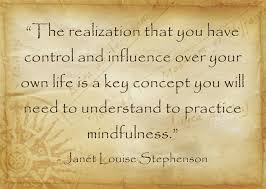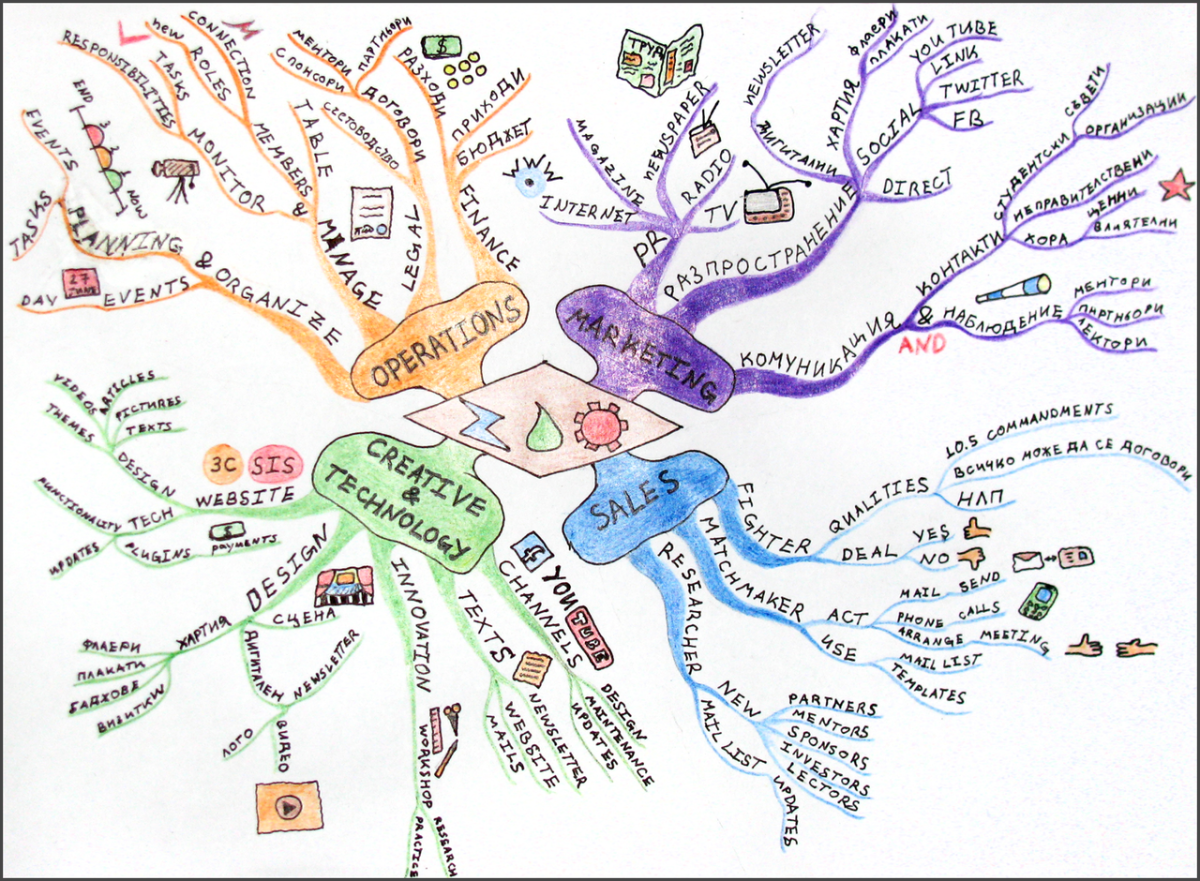The Four Frames of Reference of Mindfulness
Frames of Mindfulness
I am not an expert when it comes to texts in buddhism. I have picked up on certain practices that have helped me in my life tremendously. My intention is to help others understand the way to end suffering little by little. To some extent this article is based on my own thoughts and opinions. I hope that I am able to articulate the practices in a way which everyone can understand. I wish that you will take any information that you find helpful and incorporate it into your daily life.
People who practice the four frames of reference of mindfulness do so for freedom of defilements which cause suffering (greed, aversion, hate, impatience so on). Mindfulness can help you get to know yourself better and improve your quality of life. Practicing mindfulness help us to become more concentrated, and improves our mental and physical health. It takes practice so don't give up. When trying to cultivate mindfulness our minds will wander. Don't be hard on yourself just gently bring your attention back to the object of mindfulness once you notice your mind has wandered off. Once you have practiced for a while you will see the benefits it brings you. Mindfulness has been proven to increase well-being and health. Mindfulness will also help one to become calm and balanced.
Mindfulness of the body
Mindfulness of the Body is the act of focusing one's attention on the body, such as the breath, posture of the body, or parts. When focusing on the breath pay attention the the length of the in breath and out breath. Is it short, long, heavy? While paying attention to the breath do not try to control it. Simple let it flow naturally being the witness of the breath. Relax and settle back into the moment. Open your mind and become still while focusing on just the breath. You can investigate parts of the body by scanning it from head to toe. Notice the hair on your head, the ears, nose, mouth, arms, hands and so forth. Notice the sensations going on in the body. It could be a tightness a pulling, heat, sharpness among other sensations. If you are having trouble labeling the sensation label it sensation. Once we have scanned the body we can start to see that the body is made up of everything around us like oxygen, carbon, and water. Burning oil or coal, releases the carbon that they contain into the atmosphere. Carbon also comes from decaying plants and animals, water comes from lakes, rivers and oceans, oxygen from the photosynthesis of plants which require sunlight. When we look at it this way we can see that we are made up of everything around us. Everything is interconnected. If we cheat another we cheat ourselves. If we harm another we harm ourselves. In mindfulness of the body you can also focus on the properties of water, earth, wind, and fire. Parts of the body that are solid are the earth property, the water is the liquid flowing through our bodys, fire is the heat or warmth of our body and the wind is the energy that flows through our body.
Mindfulness of feelings
Feelings are mental phenomena that arise due to one's karma. There are three types of feelings. Inner feelings, outer feelings, and feelings in and of themselves. Inter feeling consist of pleasant, unpleasant and neutral. Pleasant could be a feeling of ease, happiness, peace and joy. Unpleasant could be depression, anger, and irritation. Neutral is when pleasant and unpleasant experiences are not occurring; when happiness and depression are not present. Outer feelings are pleasure from the 6 senses; sights, smells, sounds, taste, touch and mental objects, displeasure of the 6 senses or indifference of the 6 senses. The last is feelings in and of themselves which means we pick any of the emotions or feelings above and investigate them. Stay focused and when the mind wanders note wandering and bring your attention back to the feeling. Remain mindful of the mind while investigating the truth of the feeling or emotion. Ask yourself what it feels like in the body, where does it come from, is it pleasant unpleasant or neutral? Notice the arising and passing of feelings. Notice how feeling come and go. When you see this you will also notice the impermanence of things. Knowing that everything is impermanent including your feelings makes it easier for you to stay with difficult emotions when they aries. Don’t try to push away to unpleasant feelings or cling onto pleasant feelings because this will only cause suffering. Just let them flow being the witness of the feelings.
Mindfulness of the mind
When being mindful of the mind, you recognize which states have arisen. If the mind has aversion we recognize that aversion. When there is compassion in the mind we recognize the compassion. When the mind is confused we recognize this. When the mind is concentrated we recognize this. Remain focused on the on the phenomenon passing away, and arising in the mind.
Mental Mental phenomena
Focus on mental qualities in reference to the five hindrances. If there is sensual desire that has arisen in the mind, recognize its presents. If there is aversion that has arisen in the mind recognize its presents. If there is sloth and torpor in the mind notice its presents. You do the same with restlessness and doubt.

The Four Frames of Reference of Mindfulness
1. Mindfulness of the Body — breath, postures, parts
2. Mindfulness of Feelings, Sensations — pleasant, unpleasant and neutral
3. Mindfulness of mind or states of consciousness
4. Mindfulness of mental Phenomena or Objects of Consciousness.

"The mind is the source of happiness and unhappiness."
Buddha

More Information
Here is a link in which you may read more about the Four Frames of Reference of Mindfulness
http://www.buddhanet.net/wings_b.htm

Thank You
Thank you for reading my article. I hope its been helpful. Please feel free to share any comments or questions you may have. I would love the feed back of others.








